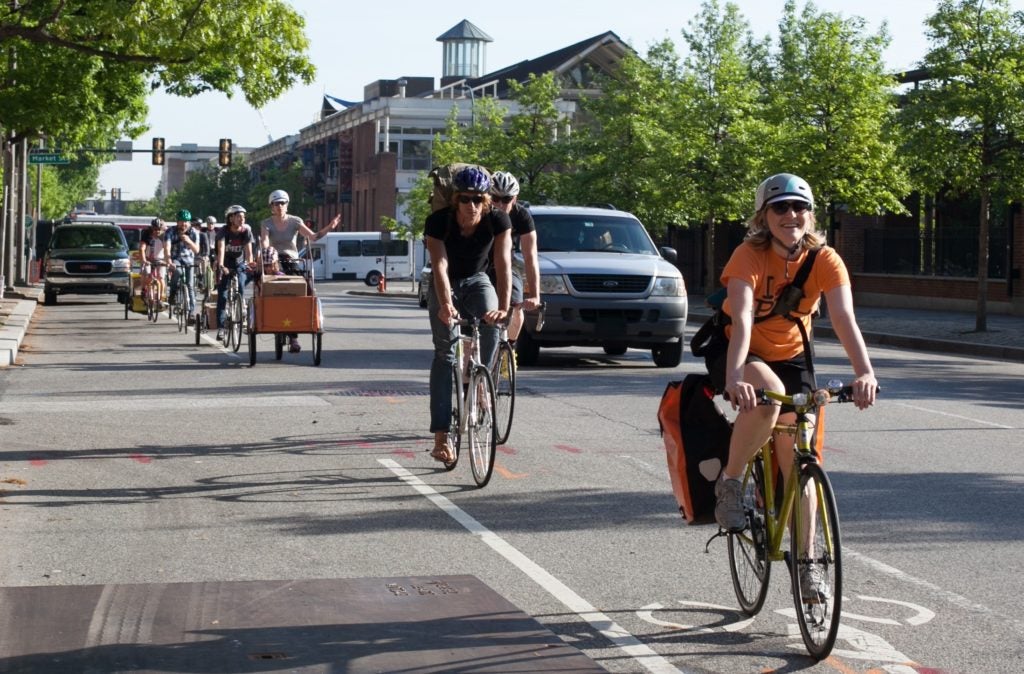Please introduce yourself. What drives you, and what shaped that mission? Can you share a bit about your organization?
Sweeha: So, I’m an engineer by degree and I did my bachelor’s in computer science. I began my career at Microsoft and during my time there, I realized that I eventually wanted to work in the social good space. There was one project that I worked on with some colleagues at Microsoft, which was centered on how technology can be used to drive social impact. It also involved the environment, which is an issue that is very close to my heart, because my parents have always been huge environmental activists. They have taken me to all these beautiful forests in India, and I have always been fascinated by the beauty of nature and what is happening to it now at our hands. So, for me, I saw this project as an opportunity to undo the damage we are doing every day. It was basically a personal carbon tracking app that monitors the actions you take every day. It uses AI, data analytics, and other fancy technologies to help you determine your own carbon footprint. I particularly enjoyed working on that and we were able to work with five or six nonprofits. It was then that I felt that this was the type of work that I wanted to do, and I decided to quit my job. A lot of people in my life were like, “Who leaves a job at Microsoft to work in the social impact space?” The social impact space in India has always been perceived as an organization where people wear traditional Indian wear, and have a very rustic look, with beards and messy hair, and big bags that they carry around to ask people for money. The nonprofit space today is not like this; they are social enterprises, driving social change. My friends still joke with me about leaving a job that paid $100,000 for a peanut salary, but I’m very happy with what I’m doing.
So, I transitioned out with Teach For India as an intern. I worked on one of the most key projects at Teach for India at the time, which was Kids Education Revolution, a program that advocated for student leadership as the force for change for educational equity. The concept behind it was that we always hear from policymakers, teachers and principals, but the beneficiaries are never heard from. What do they want in an education system? To start the journey, we identified 100 changemakers from low income backgrounds, government schools, and high-end schools. We got all of these students under one roof and it was such a beautiful thing to see. By the end of the seven day retreat that we had planned for them, all one hundred of them were hugging each other and crying their eyes out. I was in the project for seven months and I think it was one of the most interesting and fun projects. I was able to work with Shaheen Mistri for that, and understand her vision for it, and work with another couple of very experienced professionals at Teach for India.
From that experience I knew that I had to continue working with youth and I transitioned to a very interesting job at a small nonprofit based in Bangalore called Reap Benefit, which focuses on creating civic leaders to solve the problems in their own communities. I started my role there as a mentor because I wanted to work very closely with the beneficiaries, but because of my experience at Microsoft, they asked me to work in communications and outreach, along with alumni engagement. They had over 30,000 alumni, but no one knew what those students were doing after the program. I decided to create an alumni engagement program and established a youth board to hold the organization accountable.




